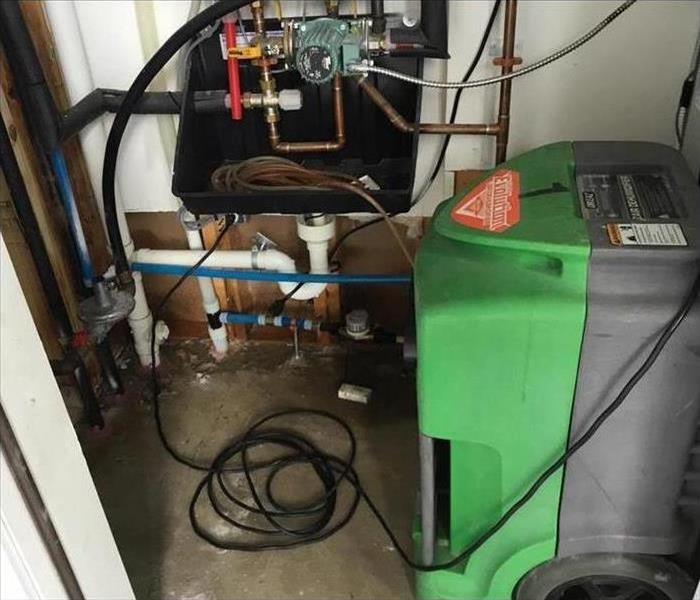How a Mold Expert Assesses Damage
1/22/2019 (Permalink)
How a Mold Expert Assesses Damage
A problem with mold and mildew in your Ridgefield, CT, home can be overwhelming. Tackling the problem on your own can cost a great deal of time and money, with no guarantee that the mold will be fully removed. Not only that, but it can be especially dangerous if a pathogen like black mold is involved. It's probably best to enlist the services of a professional mold remediation company. These professionals can employ specialized equipment and techniques to determine the sources and extent of the damage, and then make sure the problem is completely eradicated. Before they begin, they will make a thorough mold assessment by following the steps outlined below.
1. Swab Testing
Swab sampling is done to help determine where the fungal growth is coming from. First, the technician dips a sterile swab into a suspension solution, then wipes it along the areas suspected of harboring mold. The swab is then placed into a sterile container and sent to a lab to be analyzed.
2. Air Testing
Using this technique, the mold experts draw in air with a testing device known as a bioaerosol air impactor, within which airborne particles are directed toward a collection surface. With this type of mold assessment, the different kinds of spores present in the air can be identified, and specific eradication agents can be effectively determined.
3. Carpet Testing
This method of testing is used for assessing a record of molds that have been present in the house over time, since carpets can maintain a history of exposure to spores. Even though a carpet might be cleaned frequently, these spores can slip down beneath the piling, where they can remain dormant for years. Carpet sampling can therefore help to uncover hidden problems that might otherwise go undetected.
The procedures outlined above should give you a good idea of the various ways a complete mold assessment is made. Having this knowledge is essential for a successful mold eradication process.






 24/7 Emergency Service
24/7 Emergency Service
